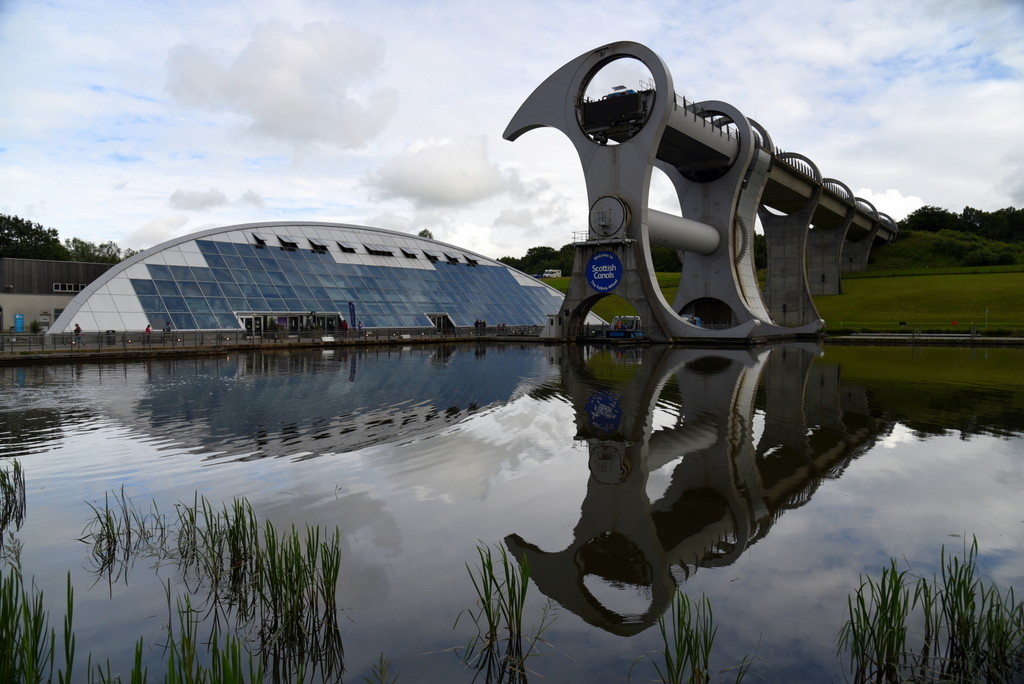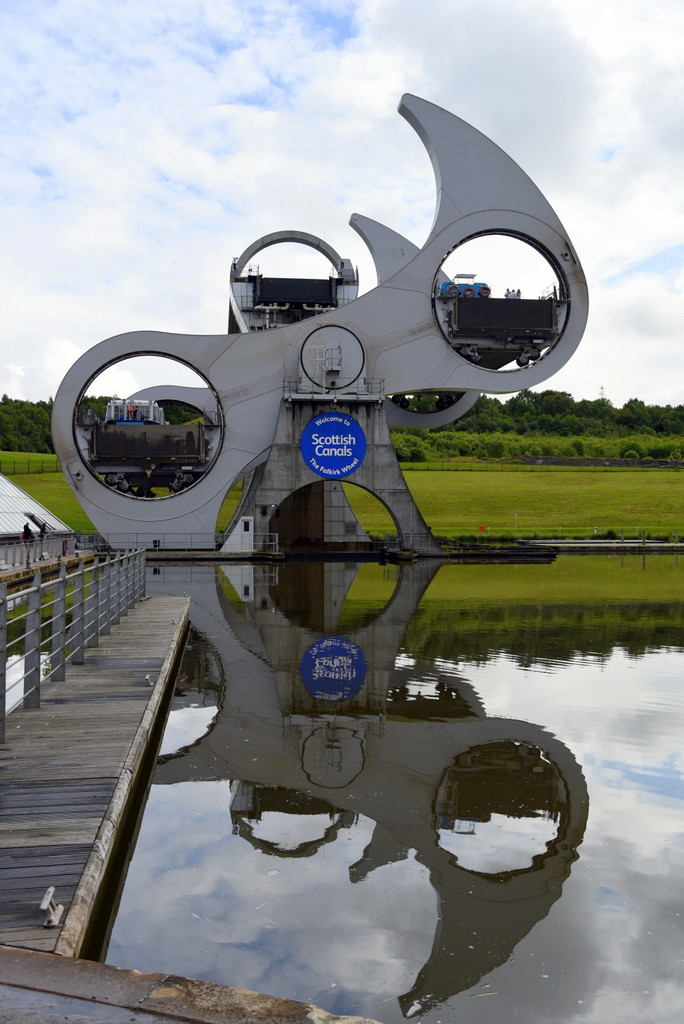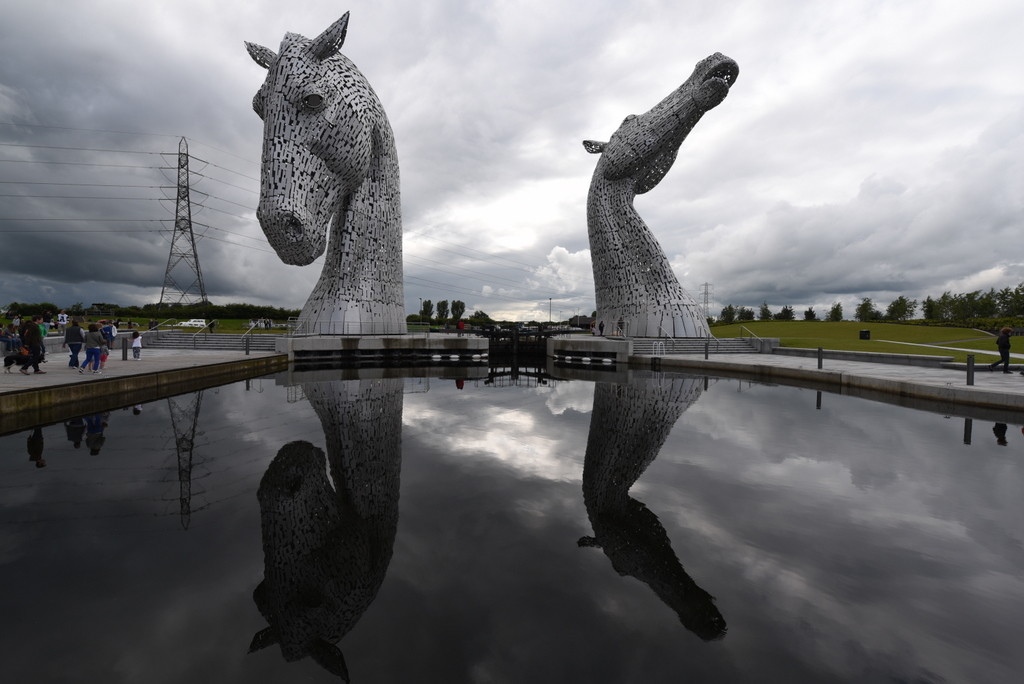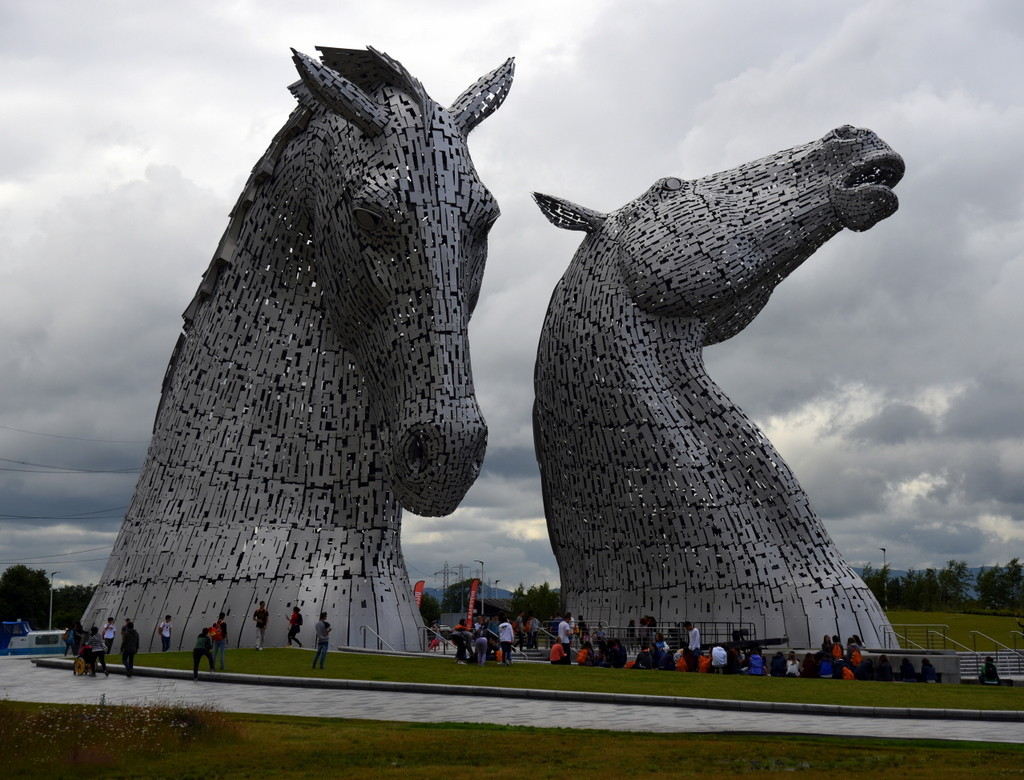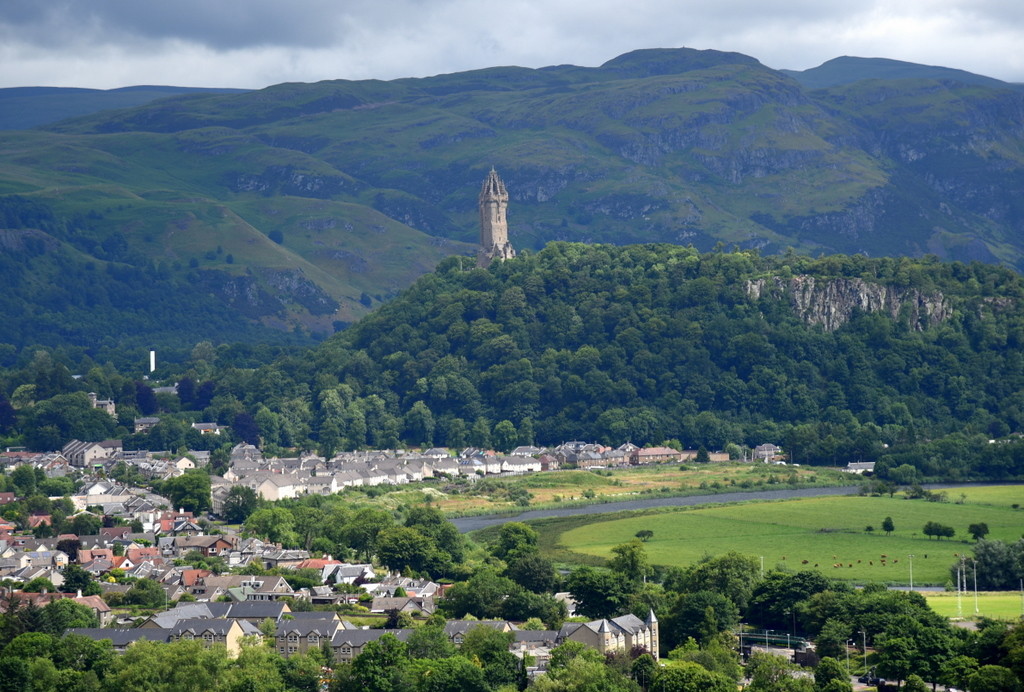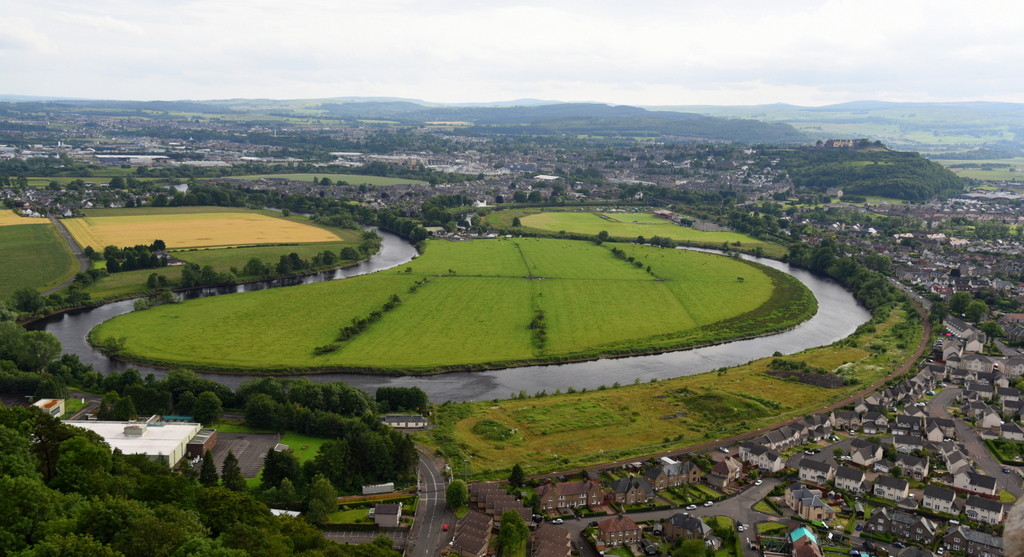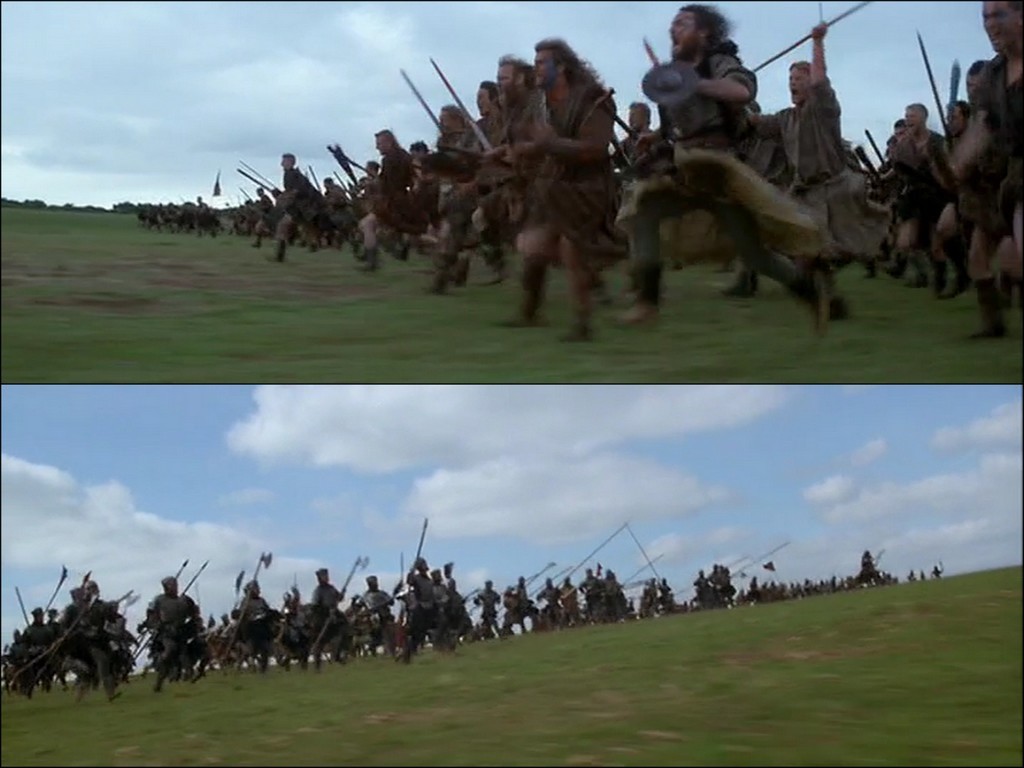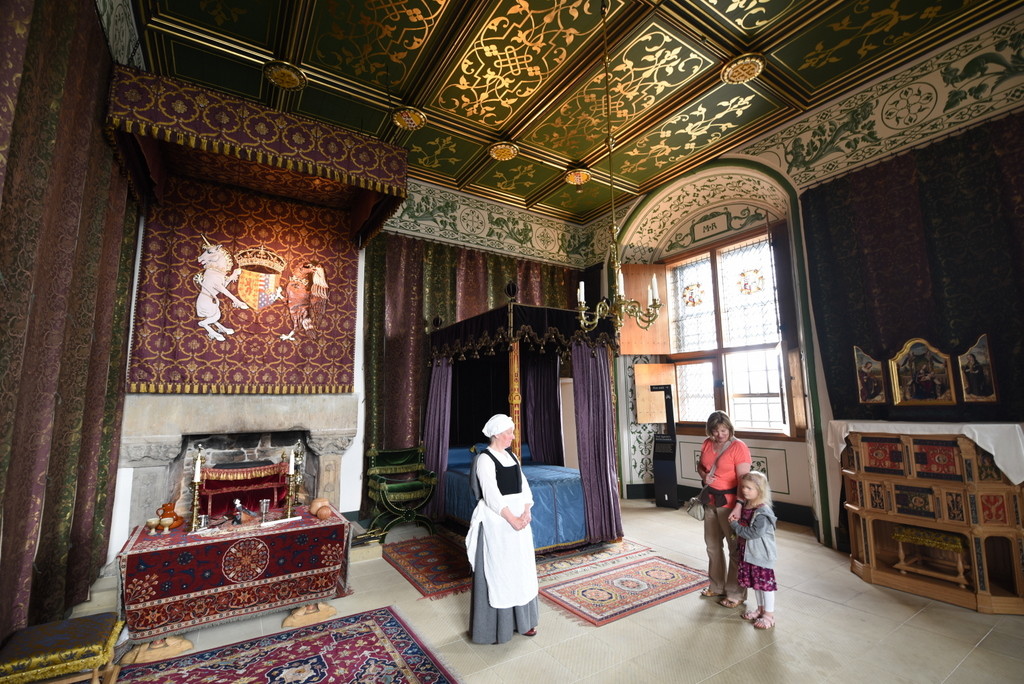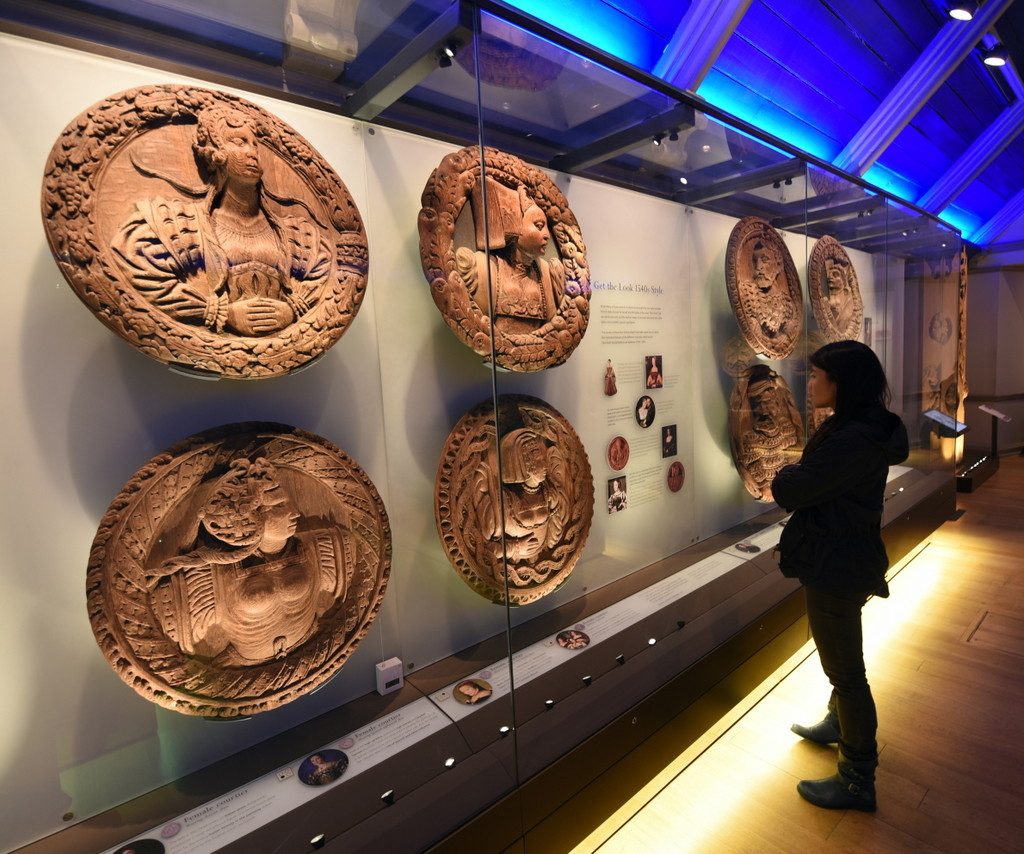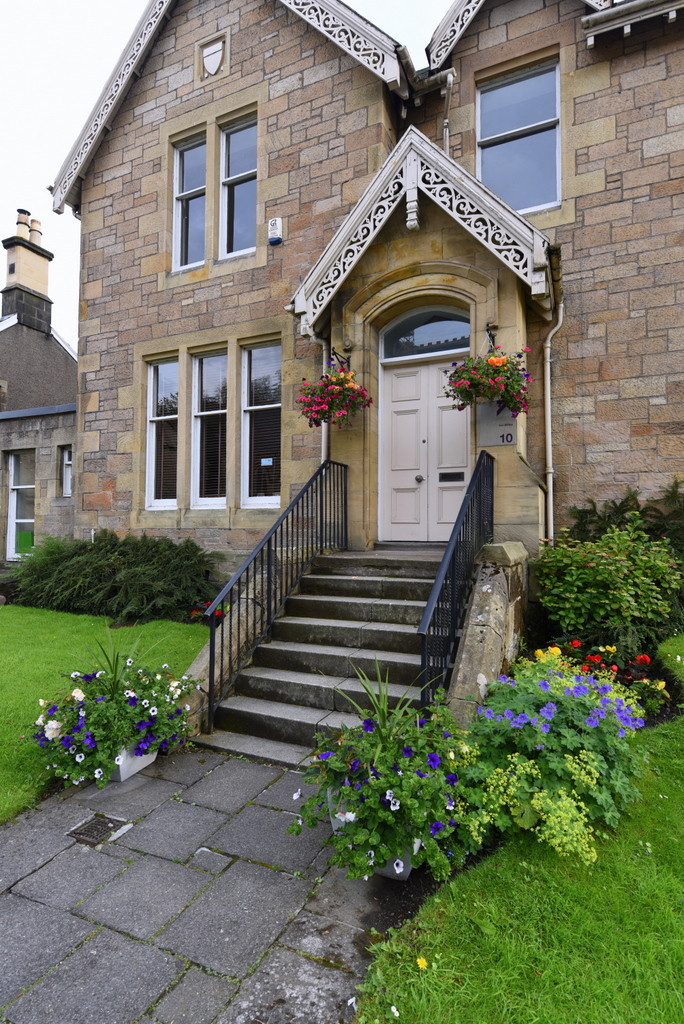I’m continuing my series of “sneak previews” for new listings near Stirling in our upcoming Rick Steves Scotland guidebook. Today we’re in Falkirk, ogling the remarkable Falkirk Wheel.
The Falkirk Wheel is a remarkable modern incarnation of Scottish technical know-how. You can watch the beautiful, slow-motion contraption as it spins — like a nautical ferris wheel — to efficiently shuttle ships between two canals separated by 80 vertical feet. With visitors center, boat trips, hands-on kids’ activity zone, and other amusements, the Falkirk Wheel makes engineering fun.
Cost and Hours: Wheel is free to view, visitors center open Mon-Fri 10:00-17:30, Sat-Sun 10:00-18:30, shorter hours Nov-mid-March, park open until 20:00, tel. 08700-500-208, www.thefalkirkwheel.co.uk.
Getting There: Drivers can exit the M-876 motorway for A-883/Falkirk/Denny, then follow brown The Falkirk Wheel signs from there. You’ll park in the huge, free lot, then stroll along a canal and across a bridge to reach the visitors center and wheel (about a 10-minute walk).
Background: Scotland was a big player in the Industrial Revolution thanks partly to its network of shipping canals (including the famous Caledonian Canal — see page *TK). Using dozens of locks to lift barges up across Scotland’s hilly spine, these canals were effective…but excruciatingly slow.
The 115-foot-tall Falkirk Wheel, opened in 2002, is a modern take on this classic engineering challenge: Linking the Forth and Clyde Canal below with the aqueduct of the Union Canal, 80 feet above. Rather than using rising and lowering water, the Wheel simply picks boats up and — ever so slowly — takes them where they need to go, like a giant waterborne elevator. In the 1930s, it took half a day to ascend or descend through 11 locks; now it takes only five minutes.
The Falkirk Wheel is the critical connection in the Millennium Link project, an ambitious £78 million initiative to restore the long-neglected Forth and Clyde and Union canals connecting Edinburgh and Glasgow. Today this 70-mile-long aquatic connection between Scotland’s leading cities is a leisurely traffic jam of pleasure craft, and canalside communities have been rejuvenated.
Visiting the Wheel: Twice an hour, the Wheel springs (silently) to life: Gates rise up to seal off each of the water-filled gondolas, and then the entire structure slowly rotates a half-turn to swap the positions of the lower and upper boats — each of which stays comfortably upright. The towering structure is not only functional, but beautiful: The wheel’s elegantly sweeping shape — with graceful cogs and pointed tips that slice into the water as they spin — was inspired by the Celtic double-axe. Or maybe it’s a propeller, evoking Glasgow’s shipbuilding heritage.
The big, slick visitors center has food, souvenirs, free WCs, and a few (not enough) exhibits explaining the Wheel. The Falkirk TI, just steps away, has similar hours and free Wi-Fi. Kids love exploring the activity zone that sprawls across the lake from the visitors center, with plenty of hands-on activities that illustrate how human ingenuity has figured out how to move water from place to place (from the lock to the Archimedes screw to the piston pump). Around the far side of the basin, you can rent electric boats and canoes, or go “waterwalking” (stroll — or stumble — in inflated plastic balls across the water’s surface).
Cruises: While it’s fun just to watch the wheel in action, for a complete experience consider taking a one-hour boat trip. These begin at the basin in front of the visitors center, and include a ride up and down the wheel with a short boat trip on either end — all narrated by your skipper (£8.95, about hourly in summer, call visitors center or check their website to confirm schedule and book ahead).
